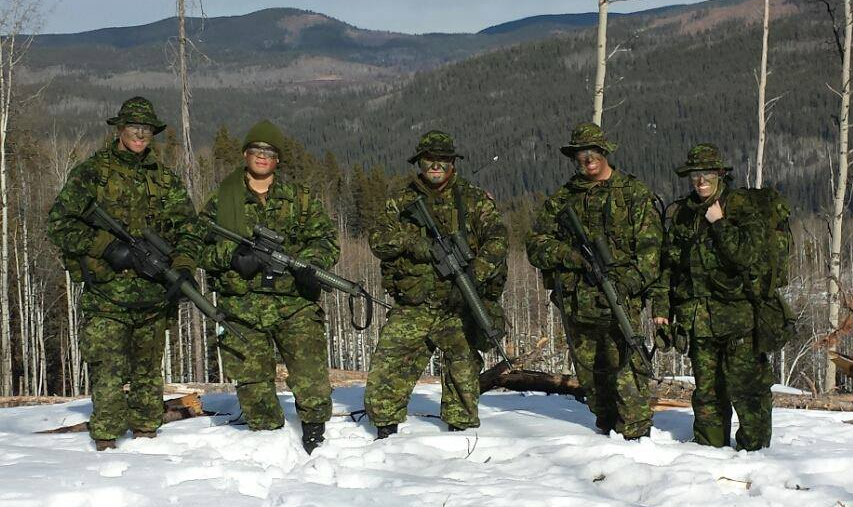By Ryan Melanson
Members of Fleet Diving Unit (Atlantic) (FDU(A)) recently lent their support to help recover a piece of Canadian military and aviation history.
A team of eight divers from FDU(A) drove to Lake Ontario to join OEX Recovery Group on its Raise the Arrow project from August 8 to 10, 2018. Now in the second year of the project, OEX's goal is to recover the final 1/8 scale pre-flight test models of the Avro CF-105 Arrow, which are the only known artifacts from the test model program remaining to be found.
The Avro Arrow was a supersonic fighter being developed for the Royal Canadian Air Force with cutting-edge technology at the time, but the program was cancelled by the government of the day in 1959, shortly after the rollout of the first Mark 1 aircraft for test flights.
“These models were launched back in the 1950s, and they’re still sitting out there on the lake bed today,” said Lieutenant (Navy) Zach Johnson, FDU(A) Operations Officer and the lead for the navy dive team on site.
On the civilian side, OEX is led by Osisko Mining CEO John Burzynski, along with several financial partners, as well as the involvement of the Canadian Conservation Institute and the National Air Force Museum of Canada.
The FDU(A) role involved diving to inspect pieces of debris identified as possibly being related to the project after initial surveying with a remotely operated vehicle.
“They had a number of probable targets, and sonar pictures aren’t always perfect, so we went down with lightweight surface supply diving equipment to take a look,” Lt(N) Johnson said.
The lightweight equipment allows for unlimited air, along with two-way communication and live video stream to the surface as the divers cleared debris of sea growth and mussels for a better look.
“We had the archeologist telling us exactly what she wanted us to do while we were down there,” he added.
Unfortunately for the divers who were excited to get a look at a piece of Canadian history, the dives by FDU(A) this year didn’t lead to the discovery of any new models. They did, however, identify other related pieces of debris from the Arrow design tests.
Mr. Burzynski, who was on site for the dives, said the Royal Canadian Navy support was extremely helpful in moving the search along. “They were great help, and our people were all really blown away watching them operate with the efficiency that they do. Having now done two years of work and gathered a lot of information, we’re getting fairly certain as to where the final five models are likely located.”
While no new major discoveries were made during this year’s dives, OEX did find success in raising a previously discovered test model from the water on August 12. Believed to be one of three models built for initial tests on the Arrow’s delta wing design, the model was discovered in August 2017 and has been dubbed the “Grandfather” of the Avro Arrow program by the OEX team.
“Historically, it’s very significant,” Mr. Burzynski said, adding that because of the progressive nature of the testing, these earlier models are crude versions of the Arrow design, built for initial tests of the wing form at supersonic speeds. “Obviously the goal of our search is still to find one of the final five models because they were the exact replicas of the flying jet and the last design testing they did before they went to the production line to start building the planes.”
The recovered model was delivered to 8 Wing Trenton, Ont., and the National Air Force Museum of Canada on August 13. The OEX team completed their work in Lake Ontario for the year soon afterward. Smaller discoveries, like a potential fuselage from a final model, and pieces of the model booster rockets, offer clues for continuing the search in 2019, and the group is confident they’re getting closer to their goal. OEX has about 40 square kilometres left to survey of the 100 square-kilometre area they originally identified.
It’s also expected that the Canadian Armed Forces and FDU(A) will continue supporting the project into next year, and Mr. Burzynski added he would be thrilled to recover a piece of history and put it back into the hands of the military.
“This was intended to be for the air force and for the Canadian Armed Forces in general, so we were strongly hoping when we started this recovery program that the Forces would get involved. It’s been a pleasure to work with everybody and I hope it continues,” he said.




















